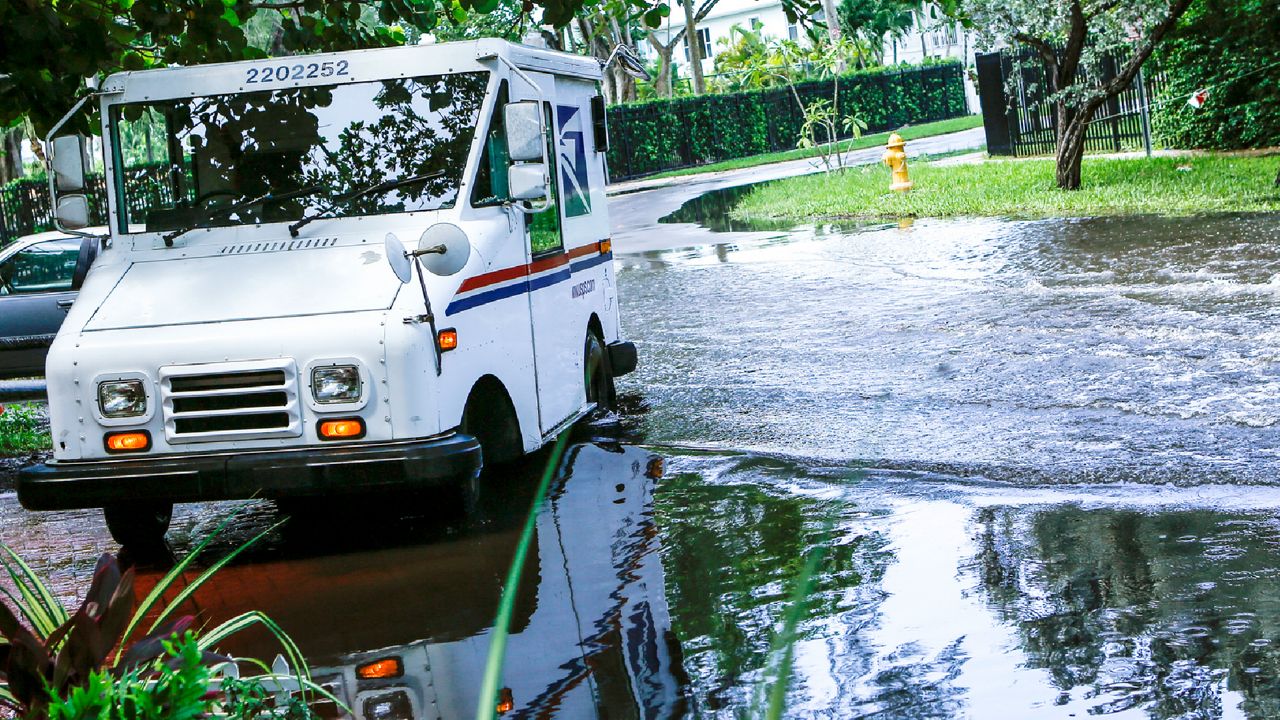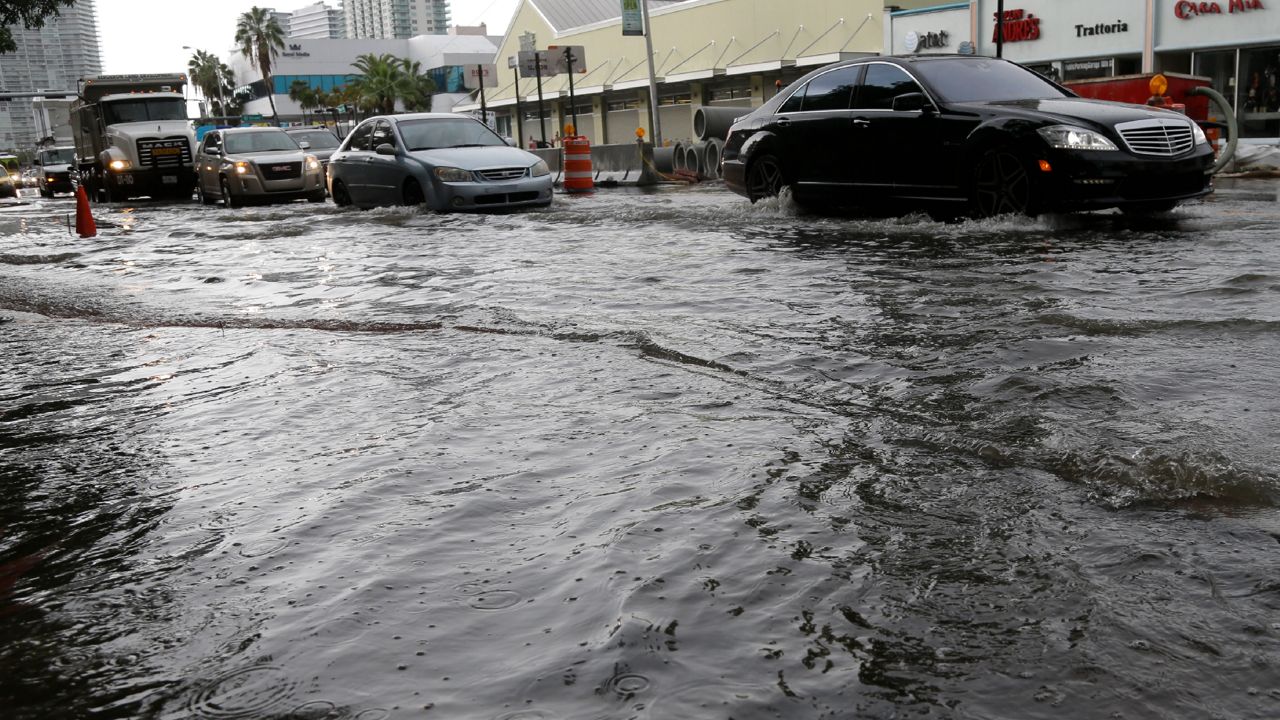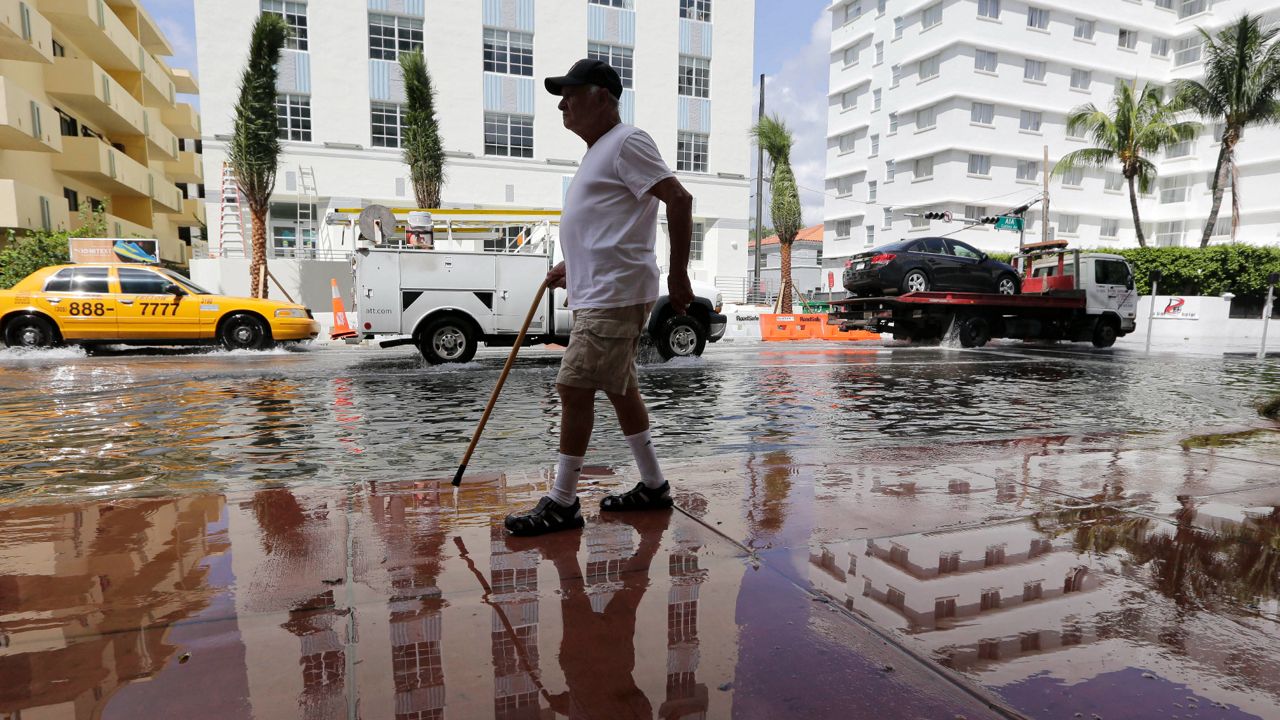In the not so distant future, coastal areas in the U.S. will experience more flooding... even if it's not raining.
A lunar cycle will lead to increased tide levels and a continuously heightened flood threat.
The scope and frequency of these floods will also have a lot to do with rising sea levels due to climate change.
What You Need To Know
- High tides and flooding will increase in the 2030s
- Nuisance flooding caused by high tides continues to increase
- The Moon, Earth and Sun, along with increasing sea levels, play a factor in the flood risk
The findings come from published research from atmospheric scientists and oceanographers in Hawaii.
The study put together by researchers at the University of Hawaii at Manoa looked at the rapid increases and extreme months in projections of United States high-tide flooding.
High-tide floods have become a growing problem in the U.S. as sea levels continue to rise. Rising sea levels aren't the only climate change concern.
You may have heard meteorologists call these high-tide floods nuisance floods or sunny day floods.
In recent years, we've seen over 600 nuisance floods reported in the U.S.

Researchers expect this number to drastically increase in the mid-2030s when the U.S. can expect to see a decade's worth of nuisance floods.
Tides are heavily dependent upon the rhythms of the Moon, Earth and Sun. When the Moon, Earth and Sun align in certain ways, the ocean levels respond to gravitational influences from this specific alignment. Here are the different phases on the Moon.
This will be the case in the 2030s, as a slight wobble in the Moon's orbit will occur. There wobble is nothing out of the ordinary, it is actually a natural lunar cycle. More specifically, the path of the Moon's orbit around Earth rotates once every 18.6 years.
Such a wobble will enhance gravitational influences, paired with rising sea levels, will increase the high tides by several inches in some cases.
This doesn't seem like a lot, but according to the National Aeronautics and Space Agency and the University of Hawaii, a high tide increase of 4 inches can increase the high tide floods in St Petersburg, Florida from 10 per year to 45 per year.
And in Honolulu, Hawaii, a mere 4 inches can increase the high tide floods from 10 per year to 70 per year.
Use this tool to see how high the tides will get in your area.

The areas most at risk are along the Gulf Coast, California and Hawaii in which up to a tenfold increase in high tide floods is possible.
Not only will these coastal areas be affected, but the Atlantic Coast, as well as all low-lying areas in coastal regions, will have an increased risk of high tides and possible flooding.
According to the published research, we will have to deal with the increased high-tide flooding for a while. The high-tide floods will begin in the mid-2030s, continuing into the mid-2040s.



